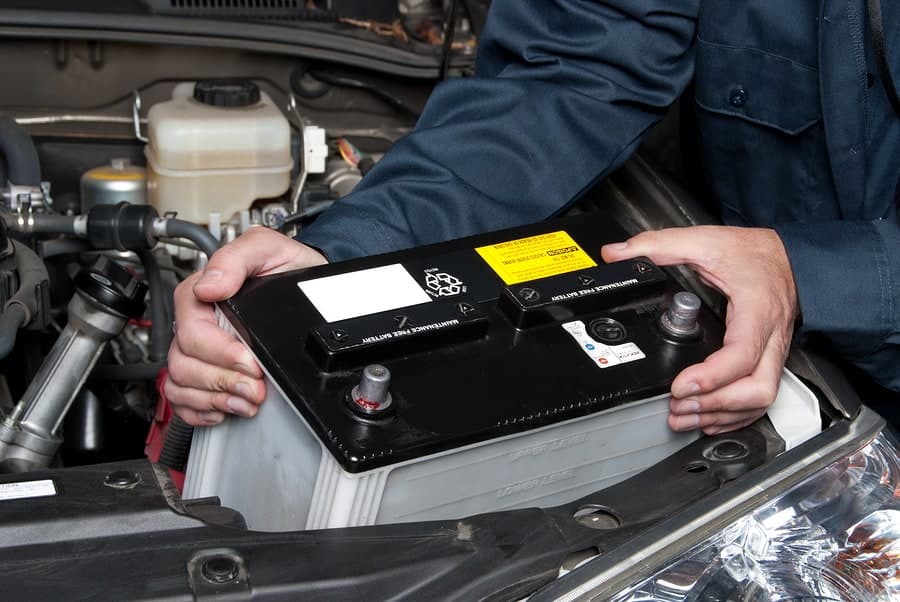
The car battery gives your engine the vital kick of energy needed to get started and works in tandem with the electrics when out on the road. Like everything in life, this essential piece of auto equipment won’t last forever and when the death throes kick in, such as the engine not turning over or when the headlights start dimming, it’s time to start looking for a replacement.
Thankfully batteries are designed to be replaced. They are easy to access in 90% of cars and only slightly tricky in the remaining 10%, making this an ideal project for even the most novice mechanical minds out there. And to help make the task even easier, why not consult this simple 6-point guide?
Table of contents:
- How to Tell if the Battery Needs Replacing
- Picking the Right Battery
- Tools and Equipment
- Replacing the Battery
- Fitting a New Battery
- Disposal
How to Tell if the Battery Needs Replacing
First up, are you sure that your battery is at fault? Regular checks on your battery will ensure that it’s up to the job. You want to keep an eye out for the following warning signs:
- Build-up of residue on the battery terminals
- Battery warning light illuminating on the dashboard
- Engine struggles to start, especially in the mornings
- Check Engine warning light illuminates on the dashboard
- Car electrics start to behave unpredictably when out on the road
One of the best tests you can perform on your car is trying to start the vehicle in neutral with the headlights on. If the car lights are dimming, press the accelerator and if the lights get brighter, then you have a failing battery. Obviously with a dead battery the car won’t start at all.

Picking the Right Battery
Talk to your mum or dad and they might tell you that batteries used to be the same for every car. Well, in today’s world unfortunately nothing is ever that simple. You want to pick out the specific type of battery that is suited to the complex electronics that now govern your car’s systems and electrics.
Make sure you have all the information about your car before your start your scouting mission for a good online price or visit the car parts shop for a quick solution. We’re talking the basics here like make, model, year and engine size, all of which are essential to picking the right battery.
Some of the more powerful high-end vehicles out there even have batteries that need to be specifically coded to your car, so if there’s any doubt check the owner’s manual.
Tools and Equipment
First step in changing the battery is preparation. Get this step right and the rest is fairly simple. Collect the following tools and make sure everything is in good working order:
- 10-14mm socket and extension bar
- New battery property sourced in accordance with step 2
- Latex gloves or old rubber gloves for domestic use
- Eye goggles or visor with full eye protection
- Cloths and an old blanket
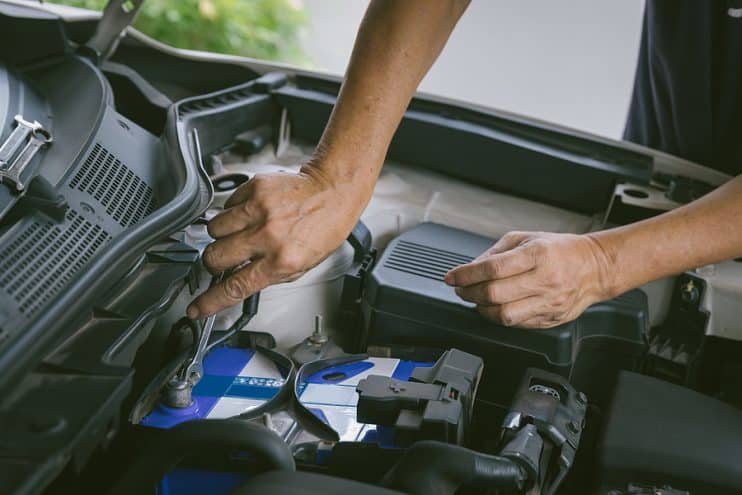
Replacing the Battery
Utilise the following steps to replace the battery in your car:
- Park the car on a flat surface away from external factors. Smokers, traffic, animals and children should be kept well away from the scene of the change. Batteries contain dangerous and corrosive acid so extra care is the order of the day and the main reason why you want to be wearing your gloves and protective goggles from the start.
- Turn off engine and pop open the bonnet. Place the blanket over the car’s wing to prevent any acid leaks from scarring the bodywork as you take out the battery later in the process, as well as preventing the wires from accidentally contacting the metal and causing a short circuit.
- Remove the battery. First check the location and use the manual if necessary to ensure you have the right part. Lift the plastic cover, if it has one, remove the nuts from the battery, and place the retaining bracket in a safe place. This is now the ideal time to check the battery for acid leaks. If you see any you may wish to check the rest of the surrounding area in the car for additional damage.
- Identify the battery’s terminals. The positive is usually red and the negative is usually black. Undo the negative terminal, paying extra attention to stop if from accidentally contacting the positive wire. Always be sure to undo the negative first to avoid a short circuit.
- Place an old rag or cover on the negative terminal to prevent an accidental short circuit or electric shock. You can even wrap the clamp in some duct tape to insulate. Now remove the positive terminal by unscrewing the retaining nut, then isolate the clamp with insulating tape once again. Make sure you don’t leave a spanner on the battery as this could cause a short circuit.
- Once everything is safely insulated, remove any bolts holding the battery in place and gently lift the battery out of its seating. Be careful as the unit will be quite heavy and most will have a handle to assist with the lifting process. Put the battery out of the way.
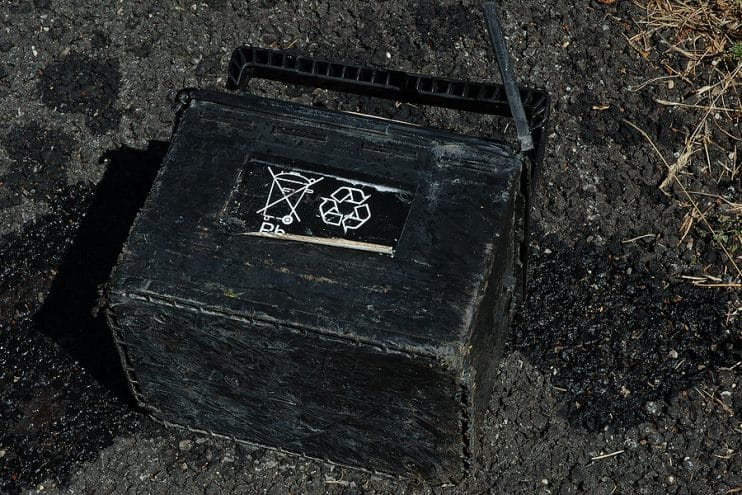
Fitting A New Battery
- Before starting the fitting process inspect the battery tray for traces of acid or rust. This can easily be cleaned off with a little baking soda, but be sure to wear those gloves as the old battery acid can still retain many of its corrosive properties.
- Clean off the clamps after removing the duct tape to ensure these are free from rust or dirt that could have built up from using the old battery.
- Place the new battery into the seating in the engine, before removing the plastic caps on the terminals. Next connect the positive wire by pushing the clamp onto the terminal and slowly tightening. Then complete the same process for the negative terminal, giving the clamp a brush again if necessary.
- Apply battery lithium grease, spraying the terminals liberally to prevent corrosion before securing the bracket with the nuts that you set aside earlier. When this is done finally close the bonnet on the car and check that the engine starts.
Disposal
Old car batteries and dangerous and full of corrosive acid. They need to be treated appropriately as hazardous waste. Throwing one away with the regular rubbish is simply not an option. Place duct tape over the terminals if you haven’t already to avoid short circuits and shocks and always store an old battery in an upright position to prevent leaks. Do some research and locate your council’s recycling zone, which should have a facility for disposing old batteries or find your nearest waste disposal site here.

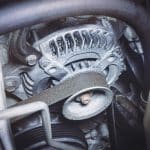

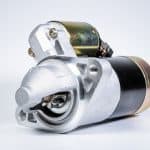


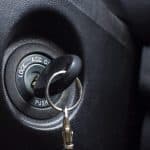






.png)